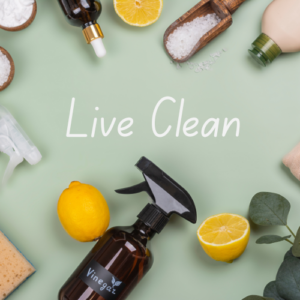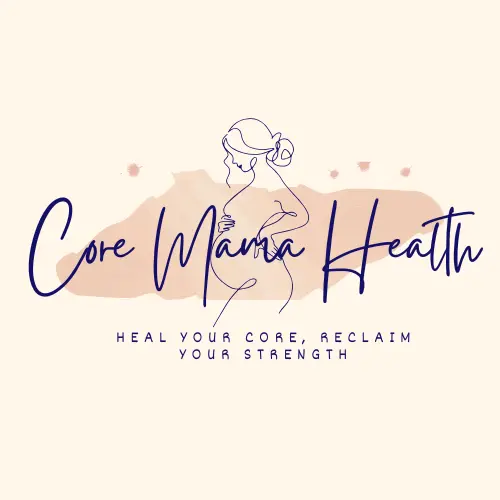
Why Non-Toxic?
Living a non-toxic life means minimizing exposure to harmful substances and fostering a lifestyle that supports physical, mental, and environmental health. It involves making conscious choices to reduce toxins in what you consume, use, and surround yourself with.
- Health Benefits: Toxins in food, household products, and environments can contribute to health issues like hormonal imbalances, allergies, respiratory problems, and chronic diseases (e.g., cancer, neurological disorders). Reducing exposure lowers these risks.
- Mental Well-Being: A non-toxic lifestyle often includes reducing stress, negativity, and harmful relationships, promoting mental clarity and emotional balance.
- Environmental Impact: Choosing non-toxic products supports sustainable practices, reducing pollution and harm to ecosystems.
- Long-Term Wellness: Minimizing toxins can enhance energy levels, improve sleep, and support longevity by reducing the body’s toxic burden.
Non-Toxic Food
Non-toxic food refers to items free from harmful chemicals, additives, and contaminants that can negatively affect health. Key aspects include:
- Organic Produce: Grown without synthetic pesticides, herbicides, or fertilizers, which can accumulate in the body and disrupt health. For example, pesticides like glyphosate are linked to gut issues and chronic diseases.
- Whole, Unprocessed Foods: Avoiding artificial additives (e.g., preservatives, artificial colors, MSG) and ultra-processed foods high in trans fats, high-fructose corn syrup, or artificial sweeteners.
- Non-GMO: Foods not genetically modified to resist pesticides, which may introduce unknown health risks.
- Clean Protein Sources: Choosing grass-fed, pasture-raised meats or wild-caught fish to avoid hormones, antibiotics, and heavy metals like mercury.
- Safe Water: Drinking filtered water to remove contaminants like lead, chlorine, or PFAs (forever chemicals).
- Practical Steps: Wash produce thoroughly, prioritize organic for the “Dirty Dozen” (e.g., strawberries, spinach), and avoid plastic packaging that may leach chemicals like BPA.
Non-Toxic Home
- Non-Toxic Cleaning Products: Using natural or plant-based cleaners (e.g., vinegar, baking soda) instead of products with harsh chemicals like ammonia, bleach, or phthalates, which can cause respiratory issues or skin irritation.
- Safe Furniture and Materials: Choosing furnishings free of formaldehyde, flame retardants, or volatile organic compounds (VOCs) found in paints, carpets, and mattresses. Opt for natural materials like wood, cotton, or wool.
- Air Quality: Using air purifiers, houseplants, or proper ventilation to reduce indoor pollutants like mold, dust, or VOCs from household products.
- Non-Toxic Personal Care: Switching to cosmetics, soaps, and toiletries free of parabens, sulfates, and synthetic fragrances that can disrupt hormones or irritate skin.
- Reducing Plastic Use: Avoiding plastics (especially those with BPA or phthalates) for food storage or cooking, as they can leach into food. Use glass, stainless steel, or ceramic instead.
- Practical Steps: Check labels for “low-VOC” or “BPA-free,” use natural textiles, and regularly clean to prevent mold or dust buildup.
A non-toxic life extends beyond physical toxins to include mental and social health. Avoiding toxic relationships, reducing stress through mindfulness, and limiting exposure to negative media or environments also contribute to overall well-being.
By prioritizing non-toxic food and home environments, you reduce your body’s exposure to harmful substances, support mental clarity, and contribute to a healthier planet. Start small—swap one toxic product or habit at a time—to make the transition manageable. If you’d like specific product recommendations or deeper research into toxins to avoid, let me know!
Recommended Products
Browse our favorite non-toxic products


